
The region is administered at two different but complementary levels, namely the traditional and political levels. The traditional level of administration is through an intricate network of local governance dealing with purely traditional affairs concerning customs and stool land administration. The political administration of the region is through the local government system that derives its authority from the 1992 Constitution of Ghana and the Local Government Act of 1993 (Act 462).
In this administrative system, the region is divided into 10 districts with their capitals. Each district, municipal or metropolitan area is administered by a Chief Executive representing the central government but deriving authority from an Assembly headed by a presiding member elected from among the members themselves.Two-thirds of the Assembly members are elected through local elections, while the remaining one-third is appointed by the government.
The Assemblies have wide-ranging social, economic and legislative jurisdiction over their respective local authority areas, but there is a Regional Coordinating Council (RCC) to coordinate and monitor the activities of these Assemblies. The Regional Coordinating Council, which is headed by the Regional Minister, has the following membership: the Regional Minister and his Deputies, the Presiding Member and the Chief Executive from each Assembly in the Region, two Chiefs from the Regional House of Chiefs, and regional heads of decentralized ministries, departments and agencies (MDAs) in the region as members without voting rights. The Regional Coordinating Director is the Secretary to the Regional Coordinating Council.
Date Created : 11/29/2017 3:50:16 AM


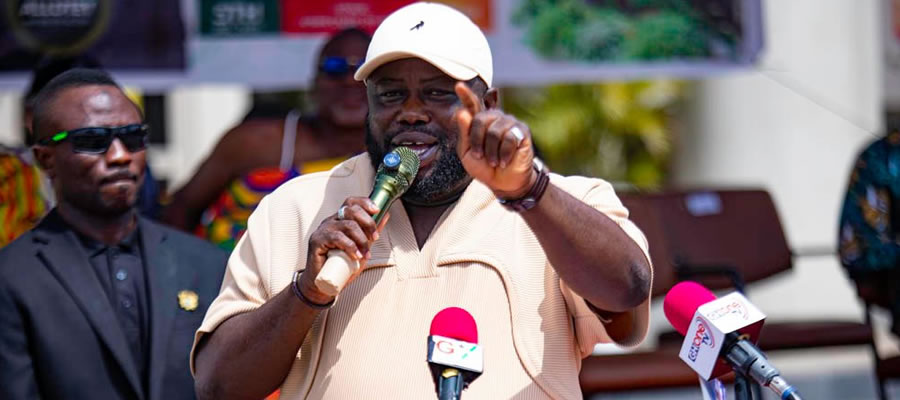
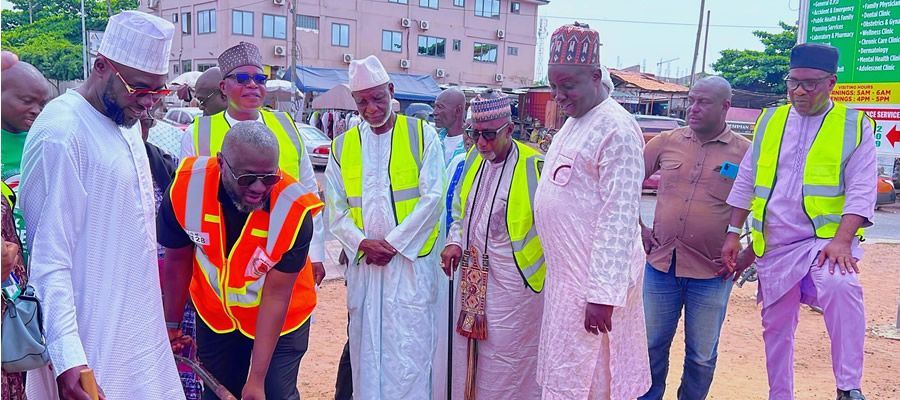
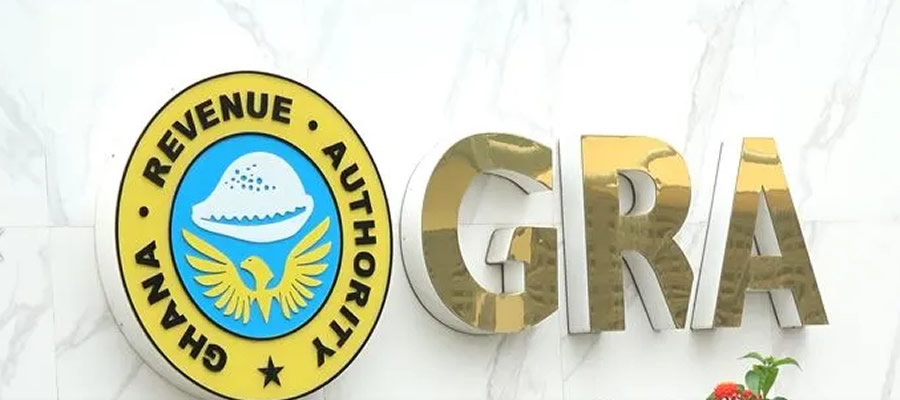

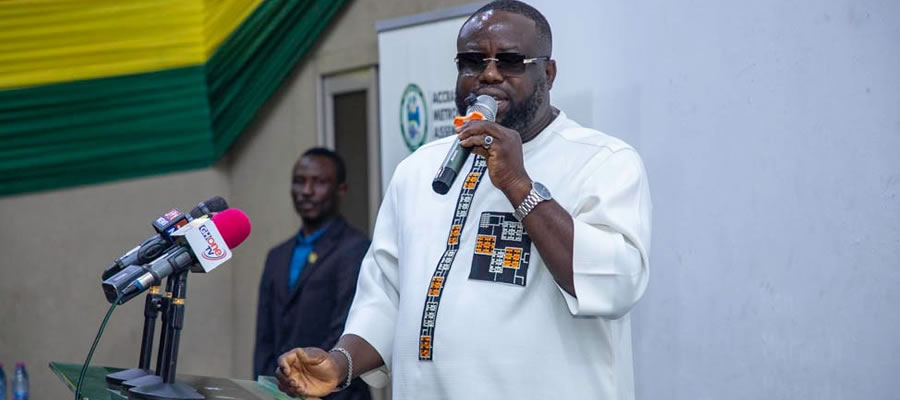
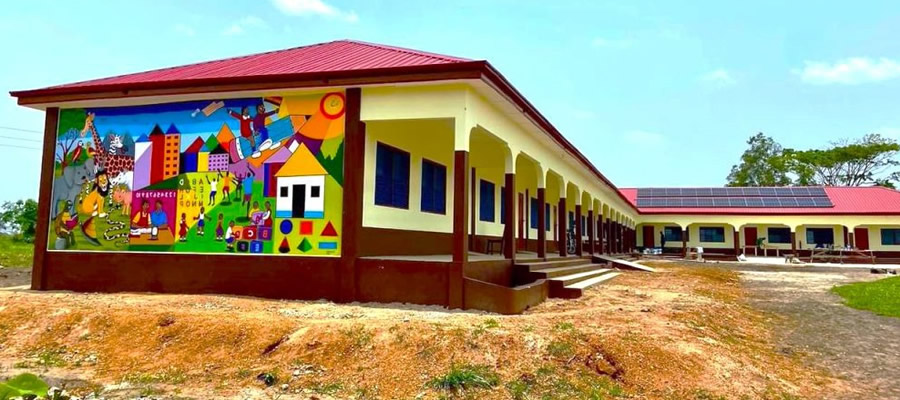




 facebook
facebook
 twitter
twitter
 Youtube
Youtube
 +233 593 831 280
+233 593 831 280 0800 430 430
0800 430 430 GPS: GE-231-4383
GPS: GE-231-4383 info@ghanadistricts.com
info@ghanadistricts.com Box GP1044, Accra, Ghana
Box GP1044, Accra, Ghana